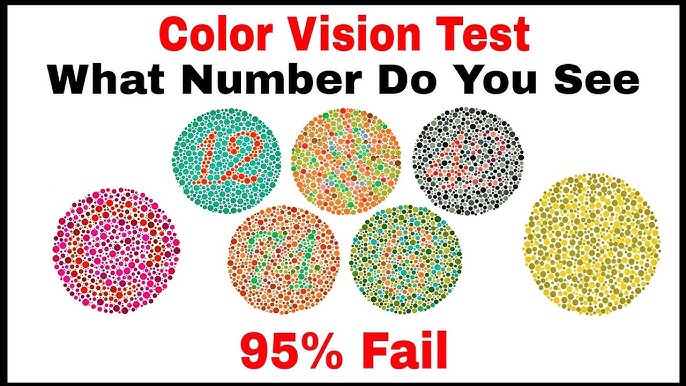Welcome to the ultimate guide to the Ishihara Color Blindness Test. In this post, we’ll take you through each of the famous test plates. Can you spot the hidden numbers and shapes? Take the test first and then scroll to the very bottom for all the answers.
The Ishihara test, created by Dr. Shinobu Ishihara in 1917, is the most common test for red-green color vision deficiency (CVD). Each plate is designed with colored dots to hide a symbol from those with specific types of color blindness.
The Interactive Test
Ready to begin? Look closely at each plate below and try to see the hidden number, letter, or shape. Keep your answers in mind as you scroll.
Question 1:
What number is hidden in this image?
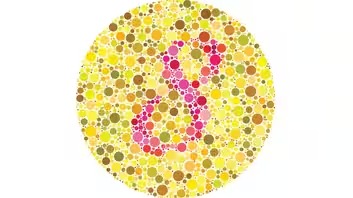
What it tests: This introductory plate is designed to be easily read by everyone, regardless of their color vision.
Question 2:
What number do you see in this circle?
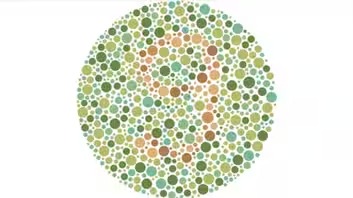
What it tests: This plate distinguishes between normal vision and red-green color blindness. People with protanopia (red-blindness) or deuteranopia (green-blindness) may not be able to see it.
Question 3:
Can you see any number in this pattern?
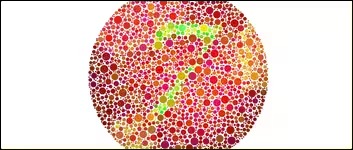
What it tests: This plate is a strong indicator of a red-green color vision deficiency if you struggle to find the number.
Question 4:
What shape is visible in this image?
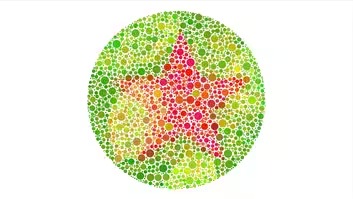
What it tests: This plate uses a shape instead of a number, making the test accessible while still identifying normal vision.
Question 5:
Which symbol do you see in the image?
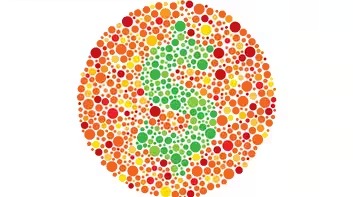
What it tests: This plate uses subtle color variations that are difficult for people with more pronounced red-green color blindness to distinguish.
Question 6:
What letter is hidden in this circle?
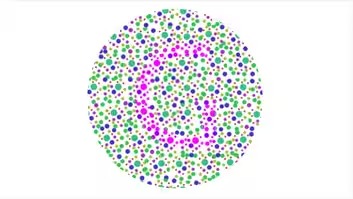
What it tests: This plate is a specific test for deuteranomaly or deuteranopia (types of green-blindness), as the green hues of the letter blend into the background for those with these conditions.
Question 7:
What word is visible in this image?
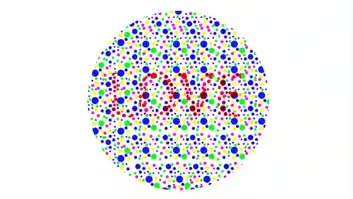
What it tests: This plate tests your ability to read words formed by color contrasts. Seeing the full word indicates normal vision.
Question 8:
What shape can you identify here?
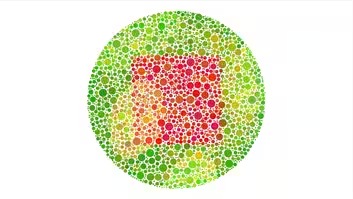
What it tests: Similar to the earlier shape plate, the ‘Square’ here tests your ability to see specific colour contrasts. Confusion or an inability to see the shape points to a color vision deficiency.
Question 9:
What number is this?
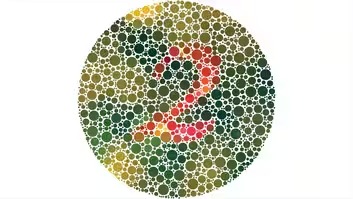
What it tests: This plate is designed to be invisible to those with common forms of red-green color blindness.
Question 10:
What number is shown in this image?
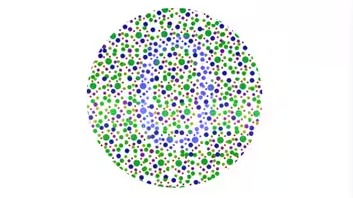
What it tests: The ‘0’ in this plate has a very subtle contrast, making it an effective test for mild to moderate forms of color vision deficiency.
Answers
Here are the answers to the test plates. See how many you got right!
- 8
- 9
- 7
- Star
- $
- G
- LOVE
- Square
- 2
- 0
Frequently Asked Questions About Color Blindness
What is color blindness? Color blindness, or color vision deficiency (CVD), is a condition where a person’s ability to see differences between certain colors is impaired. It’s usually inherited and affects more men than women.
What are the different types of color blindness? The most common types are red-green color blindness (protanomaly, protanopia, deuteranomaly, deuteranopia). Less common are blue-yellow color blindness (tritanomaly, tritanopia) and the extremely rare total color blindness (monochromacy).
Can color blindness be cured? Currently, there is no cure for inherited color blindness. However, special contact lenses or glasses can sometimes help individuals differentiate between colors more effectively.
Disclaimer: This information is for educational and entertainment purposes only and is not a substitute for a professional medical diagnosis. Please consult with an eye care professional for accurate advice and testing.
